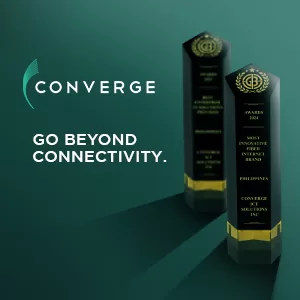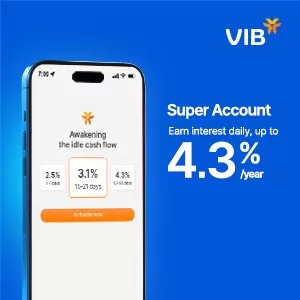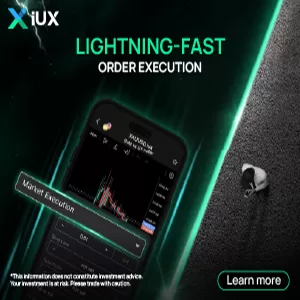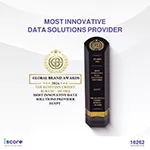Food & Beverage
The Impact of Digital Engagement on Modern Food Service Businesses
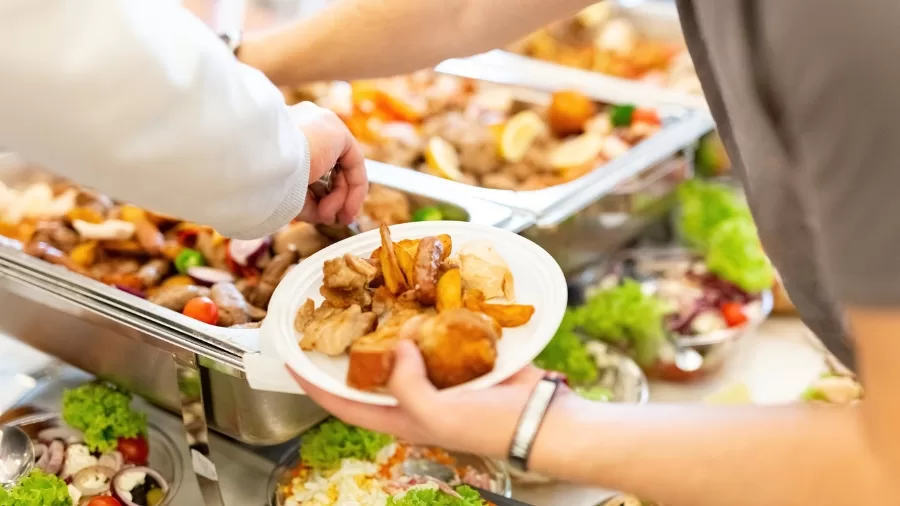
- Using gradual technology adoption, this engaging with digital phenomena in digital business has deeply sourced food services leading the change.
- Thus, online ordering, personalised experiences, and social media engagement would completely reshape the food service business.
- Hyper-personalisation, data-driven decisions, and digital sustainability and innovation are the three benchmarks of the future system for the field.
The past several years have brought about a major change in the food service business, with most changes being driven by digital interactivity. More and more, businesses are using digital technology to create unforgettable customer experiences, streamline operations, and generally adapt to quickly changing consumer preferences. This change in the industry is more than just the latest thing on the radar; rather, it represents a fundamental shift in how the industry works.
The Rise of Online Ordering and Delivery Services
The vast trend sweeping the food industry now is a huge surge in the number of online ordering services, where, through both mobile apps and websites, one is finally able to easily get their favourite food ordered. That is thus an on-demand service, which Letshoso Moluti, a manager at Starbucks, and the August Lee Group stress as being fundamental to the future direction of restaurants. He highlights prospects including UberEATS, Just Eat, Deliveroo, Caviar, etc., which are highly valued at up to $10bn.
Such digital ordering systems often have little integration with what the restaurant offers the customer environment; as businesses aim toward this end, it is a projection that a return to a table for all the guest experience through the Web platform is needed. Many have been going the extra mile to create their platform versions—like Jack’s Bar and Steakhouse—wanting to lessen their dependence on the third-party system. This is purely from the need to have control over who, how, and where the customer is going to be approached to sell the experience directly.
Data Brought Personal Experiences.
Highly personal customer experience is the opportunity given to the user in the digital age. Data analysis and client feedback can be combined to design special offers to correspond to individual interests. Digital tools advocate for the improvement of consumer satisfaction through such items as programs of loyalty, personalised discounting, and personalisation of marketing tools.
For instance, having known what a customer orders in the restaurant, that information could be used to recommend personalised dishes from the menu, thus improving chances of repeated sales. This kind of customisation was hardly a possibility before these technologies were introduced.
Social Media: A Platform for Engagement
It has become very much essential for the food service industry to use social media for communication to the masses. Anywhere from Instagram, Facebook, or Twitter, this is not just about food display but a narrative tool for the creation of the brand. Interesting stories, behind-the-scenes looks, and articles—all these go to produce the basis of a loyal customer base.
Another added advantage of social media is that it promotes immediate interaction. The customers could talk about a dining experience unless they have posted reviews. Some with just one button press could ask simple questions. Such bidirectional communication strengthens a feeling of faith and transparency—and besides nothing else, this is requisite in consumer loyalty.
Technology Is Revolutionising In-Restaurant Dining Experiences.
Technology metamorphoses how customers dine in-house. Digital menus, self-service kiosks, and table-side ordering systems are becoming more and more popular. These innovations not only improve operational efficiency but also cut down wait times and give customers more power over the ordering process.
Some restaurants are in the process of trialling virtual reality (VR) and augmented reality (AR) applications that provide a unique experience in the dining space. For example, a customer can point their phone’s camera at an item in the menu, and see a 3D print representation of the food. This futuristic advancement eventually becomes a regular occurrence and foretells an even more punctual end-to-end dining experience.
The Sustainability of Digital Innovation
As important as they are in other industries, digital tools are making a major contribution to enhanced sustainability in the food service industry. From apps that already weigh waste of food to connections created by platforms to divert surplus into charitable purposes to digital inventory management systems, businesses are working on being more sustainable.
As digital participation increases, so does the demand for those products or services. Also, as new information about the environment emerges, more pressure is being exerted on businesses to redesign their products and services into sustainable goods on the part of the expanding informed customers. Such “informed consumers” are part of a class that invests its purchasing power for sustainable development.
Digital Divide: The Challenges and Opportunities.
Despite the obvious benefits of digital interaction, transitioning towards a more digitally integrated food service industry appears to present challenges that need to be addressed in terms of data security, the constant need for further technology innovation, and the risk of the personal touch in consumer interactions may be very likely lost. Those who manage these challenges are, however, able to profit profusely from a transformed industry very quickly.
A burgeoning digital revolution represents immense prospects in the food service business. In digital engagement, companies are able not only to comply but surpass client expectations while carrying out business in a more competitive industry that fosters growth and innovation.
Bridge the Gap with Cut+Dry
In the food service industry, until relatively recently, cut+dry IT has generally lagged behind other industries in embracing digital technology. Although it has been brokered until now, digital ad advertisers have not quite honestly invested in it. Therefore, businesses like Cut+Dry emerged to change the situation. They are providing blunt technology, in collaboration with Instacart, that springboards the reach of any food manufacturers and even vendors to effectively connect with buyers, creating new mechanisms for revenue generation and increased brand awareness.
Alyssum, Cut+Dry’s integration of Instacart and its Carrot Ads platform, enables the foodservice industry to have great information to make smarter data-related decisions; this drives operational efficiency and a more coherent atmosphere. This partnership is a major step in tearing at the industry-wide inefficiencies that have persisted for years.
Powering Distributors and Enhancing Relationships
Furthermore, Cut+Dry technology does strengthen the relationship between the distributor and the restaurant. For instance, they can enhance customer loyalty for them to be more recognised as important partners in the food service industry by providing full e-commerce options for online ordering, payments, and logistical tracking. Besides that, technology provides a comprehensive product information base, besides other tools to inspire recipes and menus for restaurants; thus, they make informed decisions that enhance performance even while keeping their customers more personalised.
Capturing The Power of AI for Growth in The Long Term
Cut+Dry makes use of digital engagement solutions to connect brands, distributors, and operators. It facilitates the availability of orderly data and correct details of products, which also allows enterprises to know more information for better buying decisions and facilitates more accurate advertising campaigns. Cut+Dry is anchoring the trust, loyalty, and innovation it promises to be, establishing itself as a frontrunner in the food service industry’s digital transformation.
The Promising Scope of Digital Engagement in the Food Service Business.
The only kind of future in food service engagement is hyper-personalisation, real-time analysis, and comprehensive solutions. With the growing number of digital platforms being adopted by many restaurants or wholesalers, for some businesses, the upcoming days will be all about making decisions based on the availability of data. The partnering between Cut+Dry and Instacart features the digital advancements in evidence, fostering a new phase of maturity that would approach what has been seen in the recent past in the prerecorded retail grocery market.
Cut+Dry will evolve along with this trend; indeed, much ahead, it has already done its part in trekking the digital future, anticipating everything at least beforehand. Proactive strategic planning and even actions on behalf of these trends will prepare food service businesses to move and change along with changing consumer needs docks. As it has been until now, all businesses stand to realise that they will have no better opportunity than undergoing this titanic process of digital transformation.
Conclusion
With the increase in digital media effects, food services are developing new potentials that are attractive to the business environment and customers. From online ordering to personalised experiences, and from social media engagement to environmental initiatives, these technologies are positioning the future as better connected and efficient. Food service companies need to become extremely adaptable and digitally savvy as technology is advancing. So that they can meet and exceed customer needs that are changing day by day.



